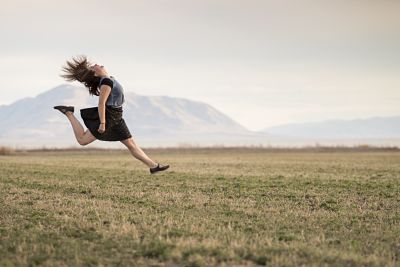Quotes About Computers
Originally, I was in both software and in online computing. The first innovation really was sort of at that time that we're marrying the telephone and the computer so that people wouldn't have to drive to the computer center. We didn't have $1,000 computers.
They went back there, looked at all the computers, asked me to come in and tell them what all the computers were for specifically so they knew how to dismantle the network I had been running.
When they were done downloading all the information off each hard drive, they took all the computers, all the literature, and loaded everything into a big white truck and left.
I am interested in computers and technology, and art, photography, and design.
Learning can take place in the backyard if there is a human being there who cares about the child. Before learning computers, children should learn to read first. They should sit around the dinner table and hear what their parents have to say and think.
Computers and electronic music are not the opposite of the warm human music. It's exactly the same.
And my real enemy is not to hold the specimen sterile, but it's the lighting. The light is our real enemy. So we have to work with very very poor lighting. But we can increase the light with computers.
That's the new way - with computers, computers, computers. That's the way we can have the cell survive and get some new information in high resolution. We started about five years ago and, today, I think we have reached the target.
I'm looking to evolve the concept of the new renaissance artist, taking the world by storm through the art of public display and demonstration, with technical savvy, using cell phones and computers.
I think I was lucky to come of age in a place and time - the American South in the 1960s and '70s - when the machine hadn't completely taken over life. The natural world was still the world, and machines - TV, telephone, cars - were still more or less ancillary, and computers were unheard of in everyday life.
